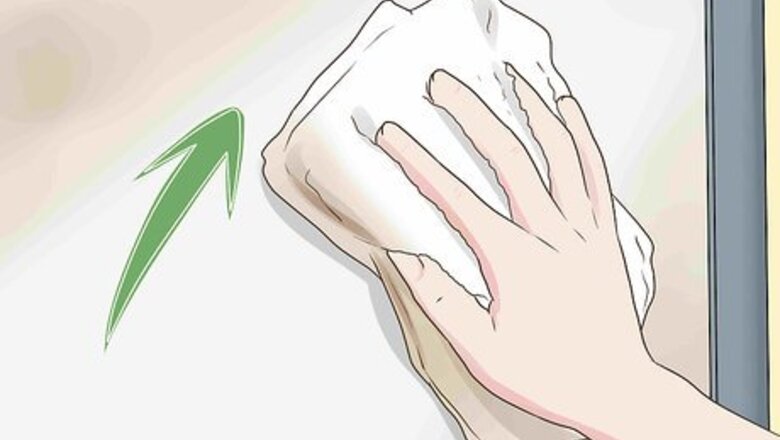
views
Polishing with Toothpaste
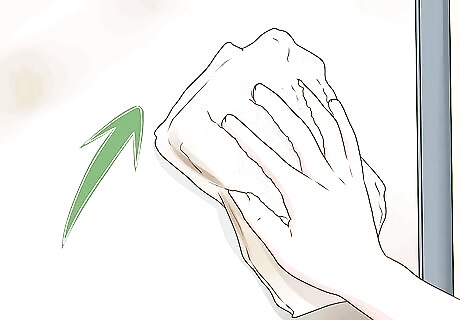
Clean off the glass. Wash off the glass using a clean cloth, making sure the glass is clear of all debris. Allow the glass to dry before attempting to fix the scratch. Never use paper towels, lint towels, or newspapers to clean. They will leave marks and scratches behind.
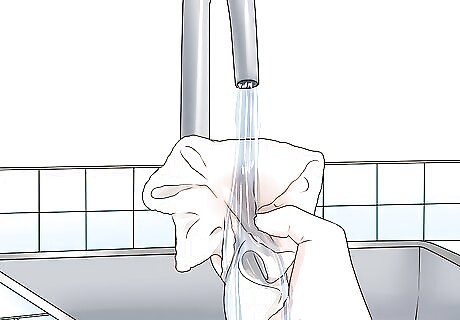
Dampen a microfiber cloth. Hold a clean, lint-free cloth under a faucet of lukewarm water. Squeeze the cloth until no more excess moisture drips from it. Any debris on the cloth, including dirt or lint, will rub off on the glass and cause an uneven abrasion or more scratches
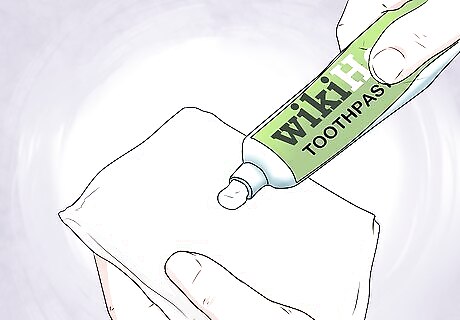
Squeeze a dot of toothpaste onto the cloth. Squeeze the tube until a pinky-sized dollop of toothpaste comes out. It is better to be cautious with the amount of toothpaste you use. You can always apply more later as you treat the scratch. White, non-gel varieties of toothpaste, particularly those with baking soda as an ingredient, are the best to use for scratch removal.
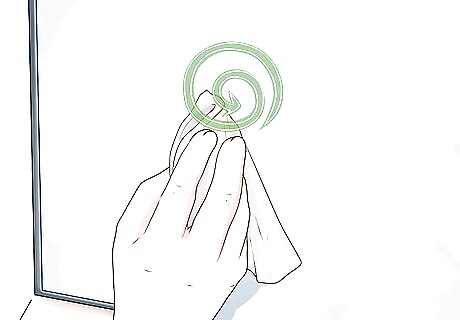
Apply the toothpaste to the glass. Place the cloth and the drop of toothpaste on the scratched area. Move the cloth in small, circular motions for 30 seconds.
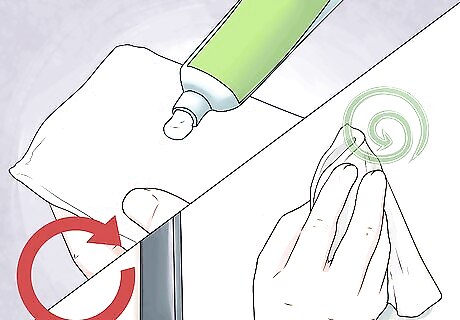
Reapply the toothpaste. Check the area to see how it looks. You may need several applications of toothpaste in order to minimize the scratch. Repeat the steps, applying a drop of toothpaste to the towel and wiping it on the scratch in a circular motion for 30 seconds.

Clean off the glass. Get a fresh, clean cloth and wet it under the faucet. Squeeze out the excess moisture again, then take the damp cloth and pass it once over the glass. This makes the glass shine. Avoid pressing hard or moving in circles so you don’t push the toothpaste further into the glass. If you are cleaning a glass window, you can use a squeegee and work in an S pattern for a streak-free finish.
Abrading with Baking Soda
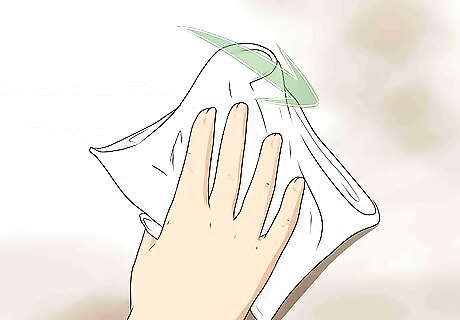
Clean the glass. Use a clean microfiber cloth so you don’t introduce debris into the scratch. Dampen the cloth with lukewarm water and wash the glass as you normally would.
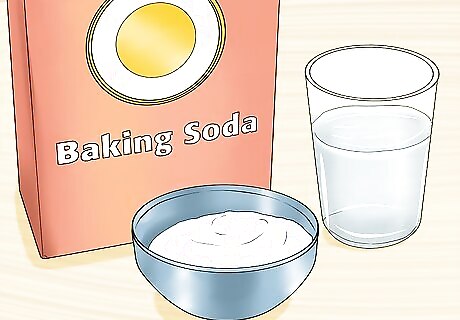
Mix equal parts baking soda and water. You only need a spoonful or less of each ingredient. It’s best to place them in a bowl so you can mix them with a spoon to remove large clumps of baking soda. When mixed, you’ll have a pudding-like paste.

Pick up the paste with a microfiber cloth. Again, use a fresh cloth. It helps to wrap the cloth around your finger and press the cloth into the paste. This way, you’ll pick up a small amount of the paste.
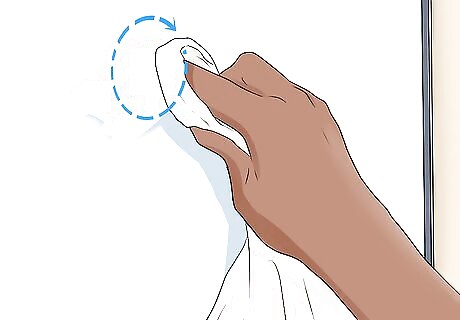
Rub in the paste in a circular motion. Place the paste on the glass and buff out the scratch by moving the cloth in a circular motion. Do this for 30 seconds maximum, watching for any sign of the scratch disappearing.

Rinse the area. Rinse the glass or apply a fresh cloth. Dampen the cloth in lukewarm water and pass it over the scratched area, making sure all the baking soda paste is removed.
Buffing with Metal Polish
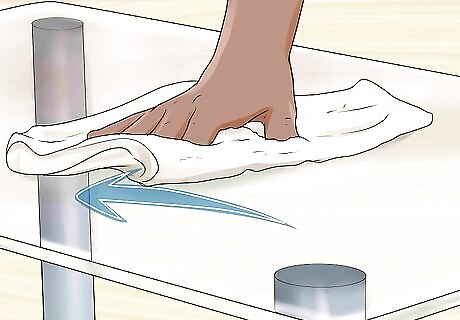
Clean the glass. Get a clean microfiber cloth damp by placing it under lukewarm water. Squeeze out excess moisture so water does not drip from the cloth. Use the cloth to wipe off any debris, then allow the glass to dry. Metal polish is good for gently sanding large, delicate surfaces such as windshields. Polish away light scratches with metal cleaner. "I was staining my porch when I accidentally splattered the windows with drips. Those drips scratched up the glass something fierce! I tried buffing toothpaste on the problem spots, but that barely did anything. Then I recalled the tip here about using a little metal polish. I dabbed on some Brasso and rubbed gentle circles with a soft cloth. Lo and behold, those faint scratches came right out! That metal polish trick saved my windows." - Syd W. Smooth severe scratches through manual abrasion. "Some of those staining splatters on my porch windows left nasty deep gouges that toothpaste couldn't fix. But this article mentioned using a baking soda paste to basically sand scratches out manually. I gave it a shot with some 1500-grit sandpaper and water instead, rubbing damp circles over those deep scratches with lots of elbow grease. It took some time, but the scratches did fade. I finished up with a coat of car wax to make that window shine bright as new!" - Kaye W. Salvage a cherished childhood toy. "My little sister wailed when she noticed a big new scratch across her favorite stuffed lamb's plastic eye. She was heartbroken! On a whim, I got a soft cloth and dabbed some toothpaste on that scratch. I gently rubbed some tiny circles, and, just like magic, the scratch disappeared. My sister was so thrilled to get her fluffy friend back as good as new. I'm still shocked that such a simple little trick worked." - Jenna A. Remove stains without damaging glass. "As I was staining the porch, a few drips ran down and stained the glass panels. And those drips left some faint scratches, too! I was scared to make it worse, so I carefully used just a tiny bit of toothpaste on the trouble spots. That mild abrasive lifted both stains and scratches without harming the surrounding glass one bit. This method gave me confidence I could tackle the issue safely." - Andres S. Have a story our readers should hear? Share it with 1 billion+ annual wikiHow users. Tell us your story here.
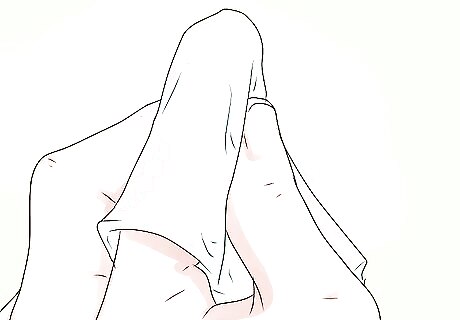
Wrap a microfiber cloth around your finger. Choose a cloth that won’t leave threads on the glass. A cotton ball works well as an alternative.
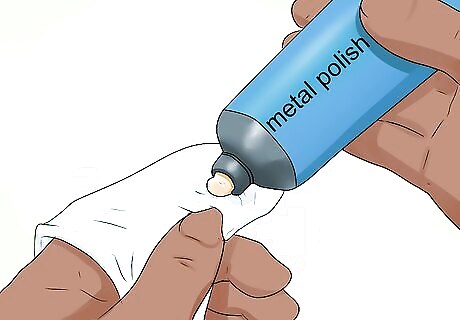
Apply polish to the cloth. Dip the cloth in or squeeze out the polish so the cloth over your finger receives a small amount of the polish. Limit the amount of polish you use, since overworking the glass with the polish can lead to additional scratches. The kind of polish that works quickest has cerium oxide in the ingredients. Jeweler's rouge is a more expensive polish option.
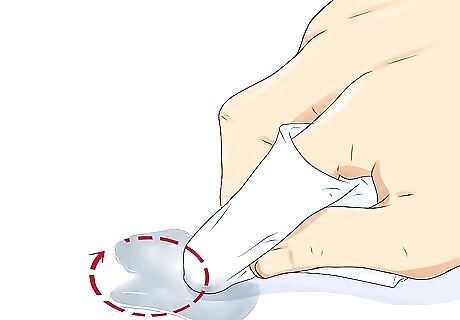
Rub the polish into the scratch. Place the cloth and polish on the scratch... Move the cloth with circular motions for about 30 seconds. The scratch should lessen or disappear entirely. Don’t add more polish, since this is likely to damage the glass.
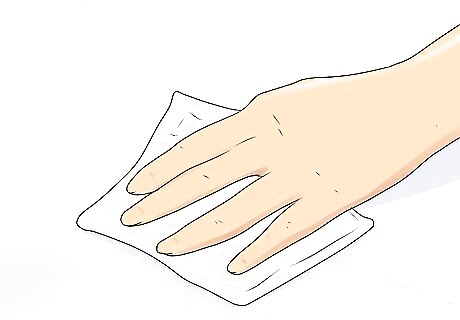
Wash off the polish. Use a clean cloth and dampen it in lukewarm water. Wipe it over the polished area to remove the metal polish.
Using Nail Polish on Isolated Scratches
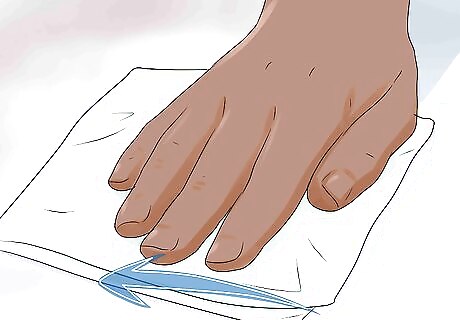
Clean the glass. Clean the glass as you normally would, such as with glass cleaner or a dampened microfiber cloth. Make sure all debris is removed from the glass surface, then allow the glass to dry.
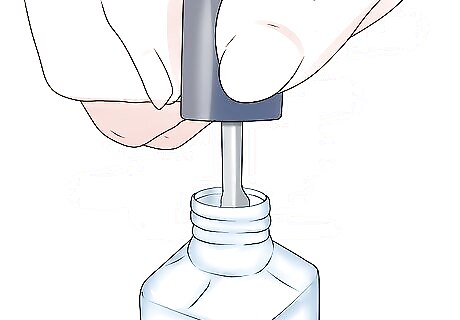
Dip the applicator brush into the polish. Only use a bottle of clear nail polish for scratch treatment. Dip the applicator that comes with the bottle into the nail polish. You’ll have a small coating of polish to apply to the scratch.
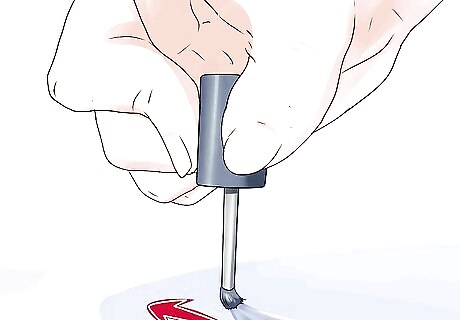
Spread the polish over the scratch. Rub the applicator over the scratch. Minimize contact with the surrounding glass as much as possible. When the polish comes off the brush, it will go down into the scratch and remove visible flaws.
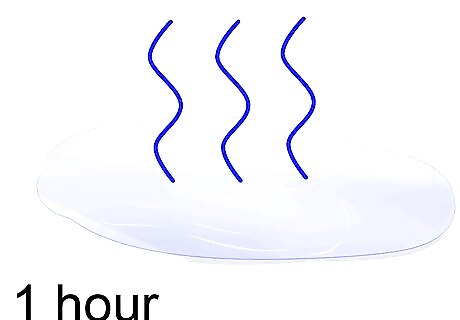
Let the polish dry for an hour. Leave the polish alone so it has a chance to seep down into the scratch. Come back in an hour prepared to remove the polish.
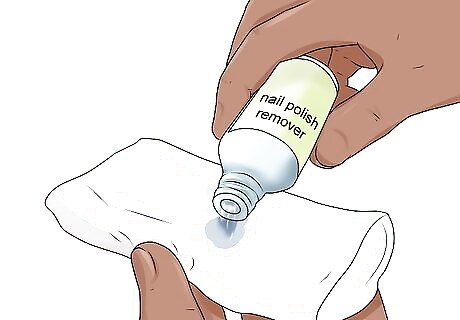
Apply nail polish remover to a microfiber cloth. Tip a bottle of nail polish remover gently against a clean cloth until you have a small spot of polish on the cloth. You only need enough to counteract the polish.
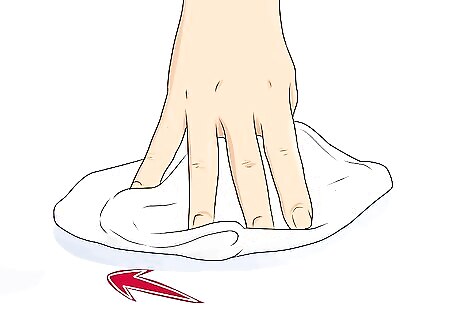
Wipe the scratch with the cloth. Using the cloth, spread the polish remover over the scratch. Once you are sure all the nail polish is removed, you can admire your freshened glass.











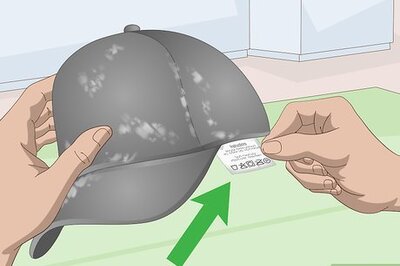
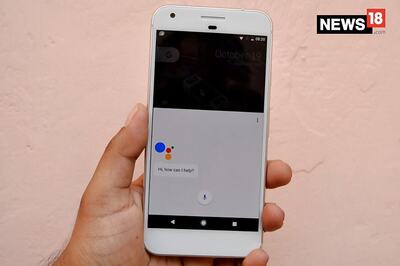







Comments
0 comment